December 2018. California.
I drive my electric car about 50 miles (80 km) a day during the week, and a bit less on weekends. I charge every night in the garage. At the end of each day I park in the garage and plug in. It’s that simple.

Note: There continues to be a lot of confusion in the press about how long it takes to charge an EV. I just read an article in the NY Times about current electric cars on the market, and below each car the author listed recharge time. For the Model S it stated 14 hours. But here’s the thing, the average person drives about 35 miles a day and so your daily driving consumes 35 miles of range per day. If you recharge at your home at night – as many EV drivers do – you’re talking about 1½ to 2 hours of charging while you sleep to put that 35 miles of range back into the pack. To be clear, you are not standing around for 14 hours waiting for your car to charge. And when you go on road trips? You use Superchargers with stops of 20 to 30 minutes every 3 hours (on my last 2100 mile road trip Supercharging sessions averaged 18 minutes).
The EPA-rated range of our Model 3 was 310 miles when we bought it in 2018. You can set our car to charge to a specific state of charge (SOC) between 50% and 100%. The car stops charging when it reaches the % SOC you’ve set. Tesla recommends charging between 50-80% for daily driving – depending on your needs – and to charge the car above that only for longer trips.
For the first couple years I charged to 60% for normal work days. This gave me 185 miles / 300 km of rated range to start the day. Past experience driving an EV that had 100-120 miles of range taught me that 185 miles was more than enough for my weekday driving.
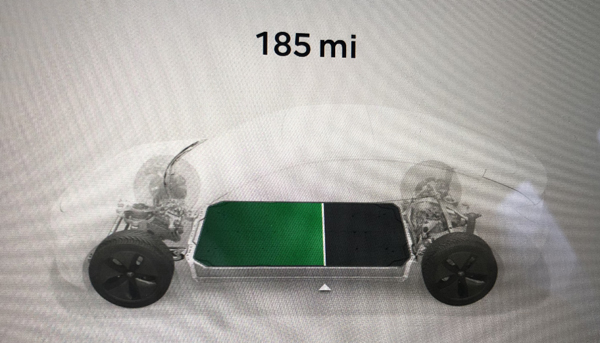
Most days I get home in the evening with 145 miles / 230 km in the pack, depending on how far and how fast I drove that day – and a few other variables. The 40-50 miles of rated range that I use on a typical day consumes about 15% of the battery’s full charge.
In terms of kWh, my daily 50 mile commute uses, on average, 10 kWh from the pack. Somedays more, somedays less, depending mostly on weather.
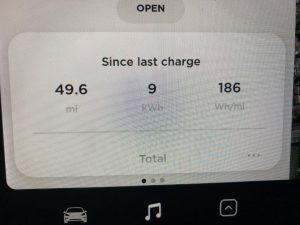
I now have the SOC max charge set at 80%, but still mostly operate between ~40-70% SOC on a daily basis. I set my charging schedule to begin charging my car 2 hours before I leave for work, and that has worked for me for 7+ years driving this EV.
In terms of hardware, I bought a 10-30 splitter from EVSEAdapters and charge my car using the Mobile Connector that came with the car. I have our clothes dryer and Mobile Connector plugged in the same circuit. This doesn’t trip the circuit since we don’t dry clothes overnight.
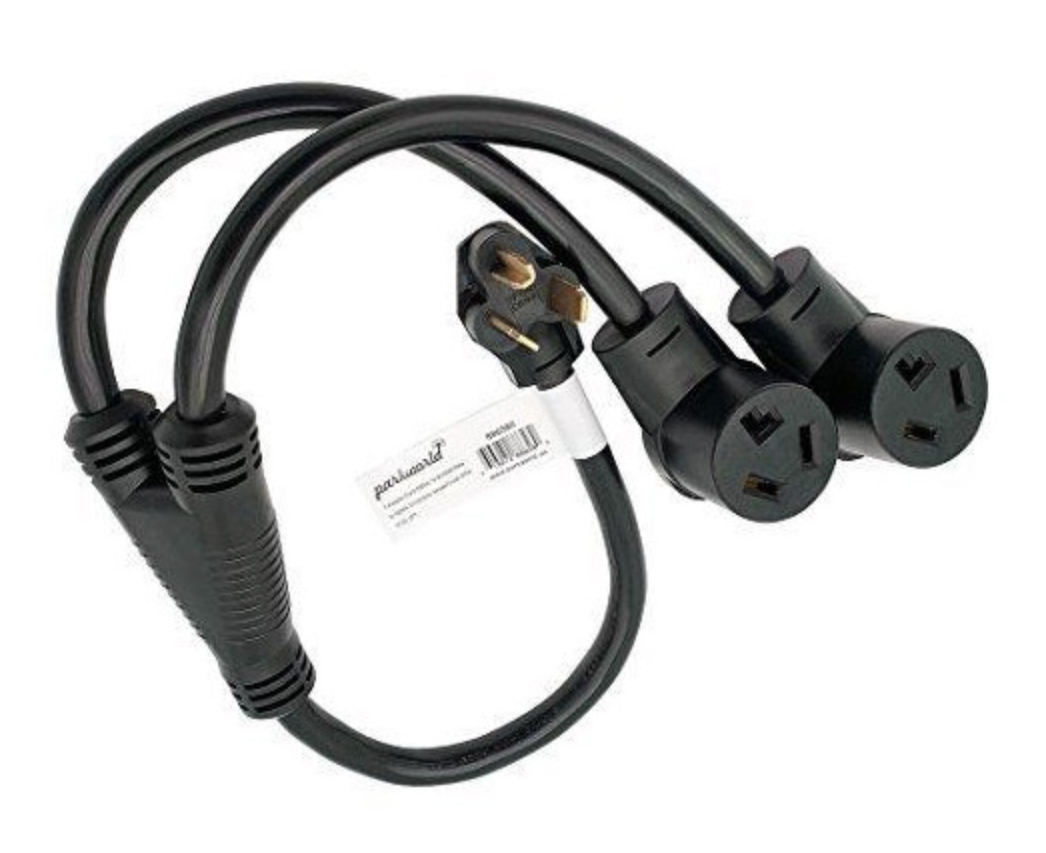
Plugging the Mobile Connector into our 10-30 outlet provides 240V / 24 amps to the car, ~5.7 kW. This adds about 23 miles of rated range to the pack every hour and charging for 2 hours gives me enough range for normal workdays.
Note that Level 2 charging is about 85-90% efficient. So replacing the 10 kWh consumed each day take about 12 kWh from the wall. I downloaded hour by hour electricity usage data from my utility, which shows the electricity sent to my car during charging. Below you can see from 3AM to 5AM ~12 kWh was sent to the car (see yellow highlighting below). You’ll also notice that our solar system made more electricity than we used that day (See Solar Power Part 1 & Part 2 for more info on the solar system).
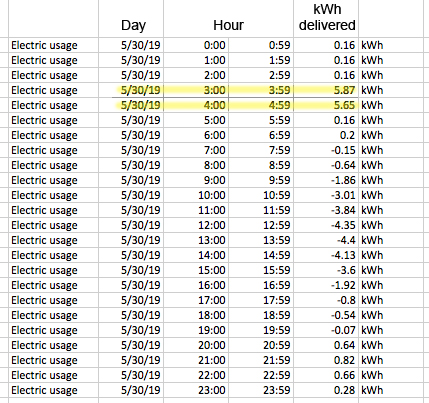
I’ve only charged my car to 100% six times. A 2019 software update increased the usable portion of the pack yielding 325 miles when the car was fully charged (that was after 24,500 miles on the odometer). At 5 years I got 291 miles of Rated Range from a full charge (67,000 miles). That’s 6-7% down from the original 310 miles I had out of the factory. At 7 years I got 272 miles of Rated Range from a full charge (87% compared to 310 miles).
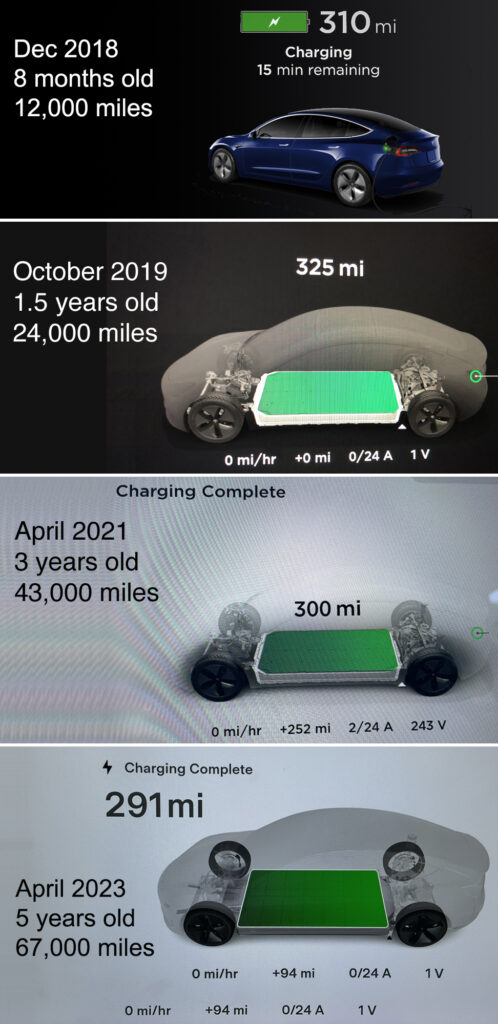
We’ve taken our Model 3 on lots of regional trips around California and longer trips from the Central Valley to the Grand Canyon, Monument Valley and Albuquerque, and six National Parks. During those trips I set the SOC to 90% and operate between 30% and 90% SOC while driving from one Supercharger to the next. This works well for me.
Summary: For daily work life operating between 40 to 70% SOC works for me, and the car charges for 2 hours at night. YMMV.
